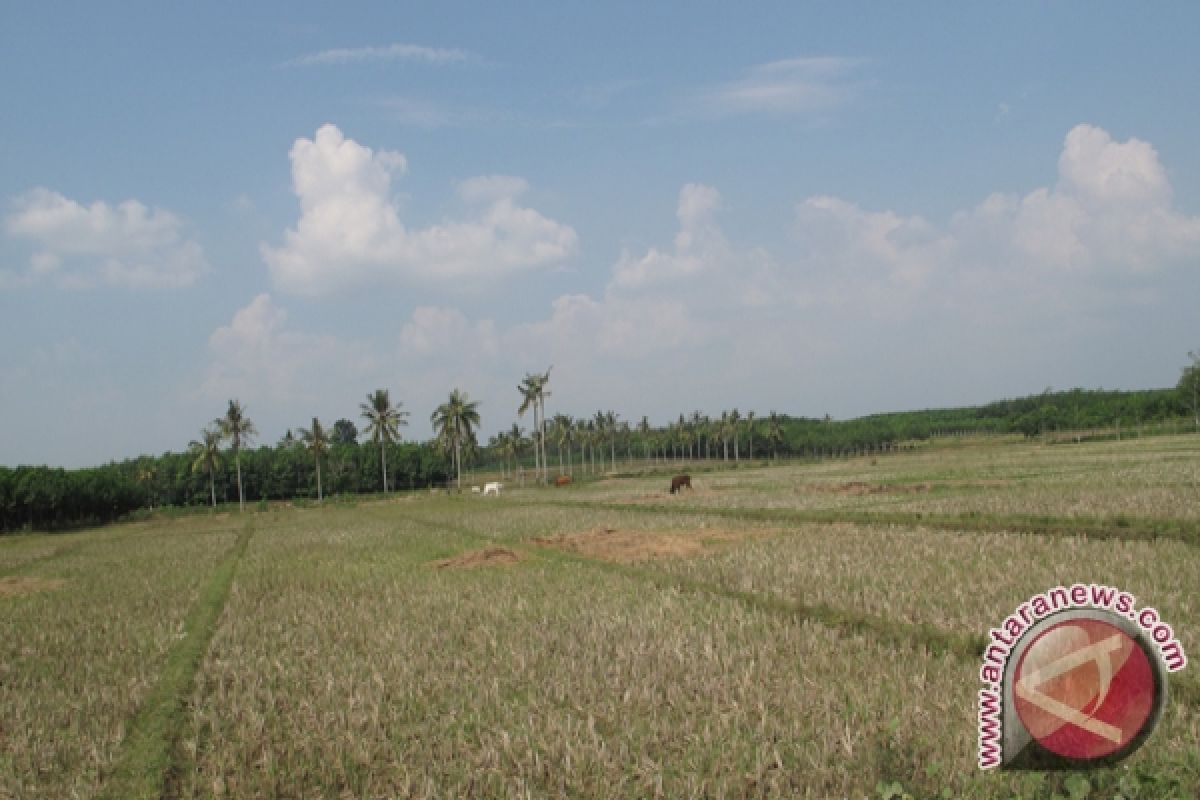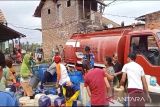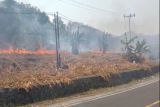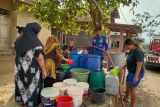Kupang, E Nusa Tenggara (Antara Lampung) - The people of East Nusa Tenggara (NTT) are worried by the threat of the weather phenomenon El Nino which has almost every year left a scene of disasters in that province.
The provincial office of the Meteorology, Climatology and Geophysics Agency predicted that El Nino would began to hit the province in June to last until November this year.
Head of the provincial agriculture and plantation office Yohanes Tay Ruba said 17 of 22 districts in NTT were always hit by the hot waves of El Nino every year.
Yohannes warned the people to remain wary and his office had told farmers in the 17 districts to take the necessary steps to cope with possible long drought brought about by the weather phenomenon.
El Nino is expected to begin to hit moderately in June with the worst effects in November, he told Antara news agency here on Monday.
The 17 districts are Ende, Lembata, Alor, Sumba Timur, Sumba Tengah, Kupang, Nagekeo, Flores Timur, Sabu Raijua, Sumba Barat, Sumba Barat Daya, Sikka, Timor Tengah Utara (TTU), Timor Tengah Selatan (TTS), Belu, Malaka, and Sikka.
Only five districts -- Ngada, Manggarai Barat, Manggarai, Manggarai Timur and Kota Kupang -- would escape the drought disaster, he said.
"All would be hit by drought but the hardest hit are the 17 regencies," he added.
He said in a bid to avoid worse disaster, farmers are advised to prepare land as scheduled and plant fast growing crops that could be harvested before November.
"Farmers should grow fast growing crops like the INPARI 19 species of rice, which would be ready for harvest in 94 days," he said.
Growing crops that would take four months to harvest time would risk harvest failure, he added.
Another way to cope with the problem cause by El Nino is creation of labor intensive program of revegetation to open jobs and to prevent destruction of forests, he said..
"There are number of labor intensive projects in the agricultural and plantation sector such as maintenance of land, building of terraces, replanting, expansion of plantations, etc." he said.
In the forestry sector, labor intensive projects include reforestation, regreening and control of forest fires, he added.
In the environment sector there are control of flooding and land slides and fires.
The labor intensive projects are opened mainly to provide jobs for those losing jobs as a result of the global crisis and other jobless people .
The El Nino threat will continue every year if no concrete preventive steps taken such as by reforestation, Yohanes Tay Ruba said.
In a bid to forestall the effect of long drought, the district administrations have built water reservoirs holding rainwater as much as possible near rice fields.
In addition water pumps are made available to pump water from rivers to irrigate rice fields.
Yohanes said the farmers did not have to worry too much as long as they plant fast growing crops.
Meanwhile,Moch. Syakir, head of the Research and Development Center of the Agriculture Ministry, said El Nino is expected to come to coincide with the dry season, which is regular from April to September. ***3*** (AS/ f001)










